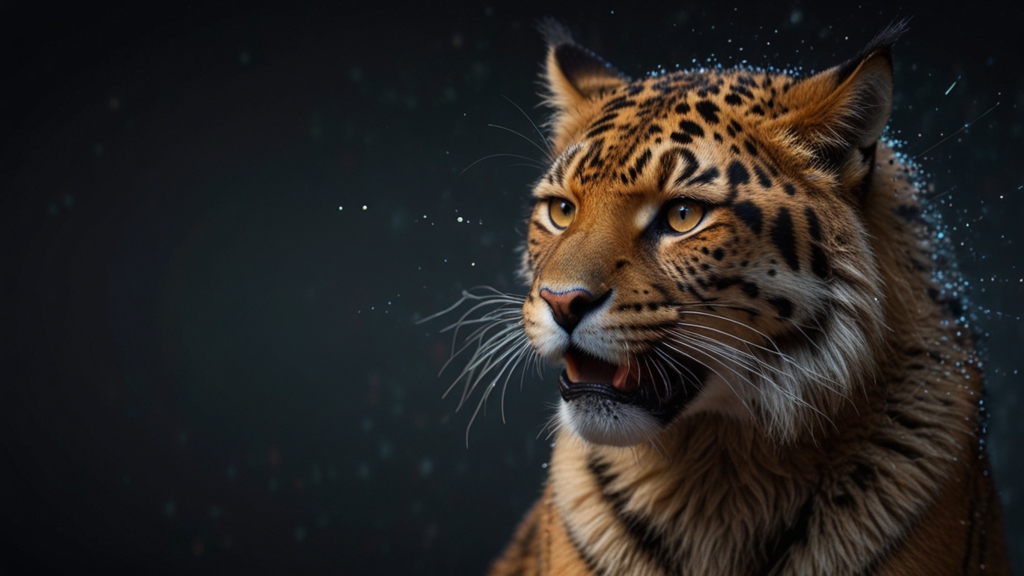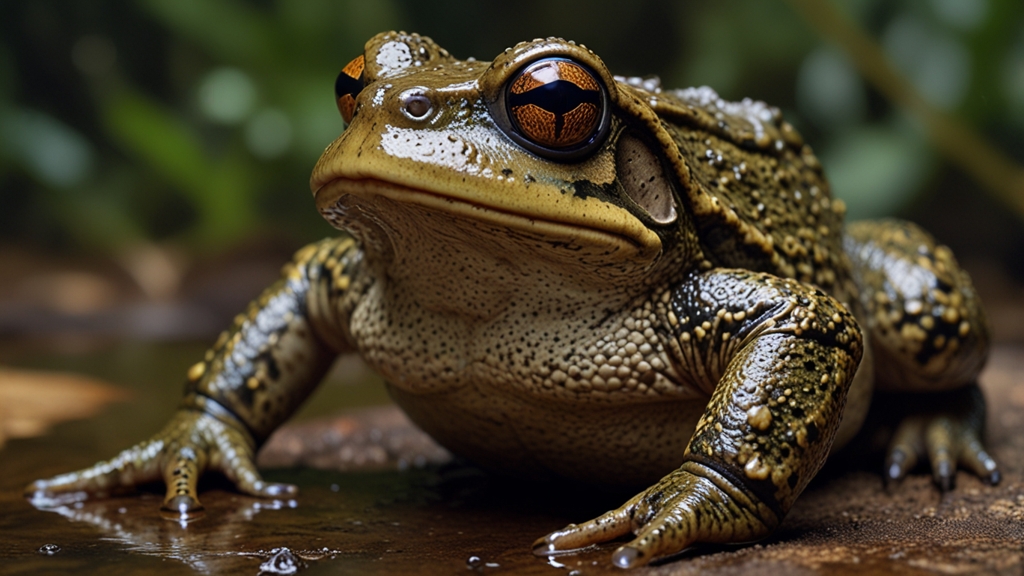The Role of Technology in Wildlife Conservation
Wildlife conservation has always been a pressing concern for environmentalists, biologists, and governments around the globe. With the ever-increasing threats of habitat destruction, climate change, poaching, and pollution, safeguarding the future of wildlife has become more critical than ever. Luckily, advancements in technology have revolutionized the way we approach wildlife conservation, providing innovative tools and solutions to protect and preserve our natural world.
Tracking and Monitoring
One of the most significant contributions of technology to wildlife conservation is the ability to track and monitor animal populations. GPS collars and satellite tracking systems have enabled researchers to keep tabs on animal movements, behaviors, and migration patterns in real-time. This data is crucial in understanding the needs of different species and ensuring their habitats are adequately protected.
With GPS technology, conservationists can monitor endangered species such as elephants and rhinos, helping to prevent poaching and providing valuable insights into their natural behaviors.
Additionally, camera traps and drones have been employed to capture images and videos of wildlife in their natural habitats. These non-invasive methods allow for continuous monitoring without disturbing the animals, making it easier than ever to gather data on elusive species.
Combating Poaching
Poaching remains one of the biggest threats to wildlife, but technology is helping to turn the tide in favor of conservationists. Anti-poaching technologies such as thermal imaging cameras, motion sensors, and automated alert systems have been deployed in protected areas to detect and deter poachers. These technologies act as early warning systems, allowing rangers and law enforcement to respond quickly and effectively to potential threats.
Thermal imaging cameras can detect the heat signatures of poachers even at night, improving the chances of catching them before they harm any animals.
Moreover, the use of data analytics and machine learning algorithms has made it possible to predict and prevent poaching activities. By analyzing patterns and trends in poaching incidents, conservationists can identify high-risk areas and implement targeted patrols and interventions.
Habitat Restoration and Management
Technological advancements have also played a pivotal role in habitat restoration and management. Geographic Information Systems (GIS) and remote sensing technologies provide detailed maps and data on land use, vegetation cover, and environmental conditions. This information is invaluable in planning and executing habitat restoration projects, such as reforestation, wetland restoration, and invasive species control.
Furthermore, precision agriculture technologies, including drones and sensors, are being used to monitor and manage conservation landscapes more efficiently. These tools help in assessing soil health, water availability, and plant growth, ensuring that restoration efforts are effective and sustainable.
Community Engagement and Education
Engaging local communities and raising awareness about wildlife conservation is essential for long-term success. Technology has made it easier to educate and involve the public through various platforms and initiatives. Social media, mobile apps, and virtual reality experiences have brought the wonders of wildlife and the importance of conservation to a global audience.
Virtual reality experiences, such as 360-degree videos and interactive tours, allow people to explore natural habitats and understand the challenges faced by wildlife, fostering a deeper appreciation for conservation efforts.
Mobile apps and online platforms have also enabled citizen science initiatives, where volunteers can contribute to conservation efforts by reporting sightings, participating in data collection, and supporting research projects. These initiatives not only provide valuable data but also empower individuals to take an active role in protecting wildlife.
Conclusion
The integration of technology in wildlife conservation has brought about transformative changes, offering new tools and strategies to address the complex challenges faced by our planet's biodiversity. From tracking and monitoring to combating poaching and restoring habitats, technology has proven to be an indispensable ally in the quest to protect wildlife. By leveraging these advancements, we can work towards a future where humans and wildlife coexist harmoniously, ensuring the preservation of our natural heritage for generations to come.











